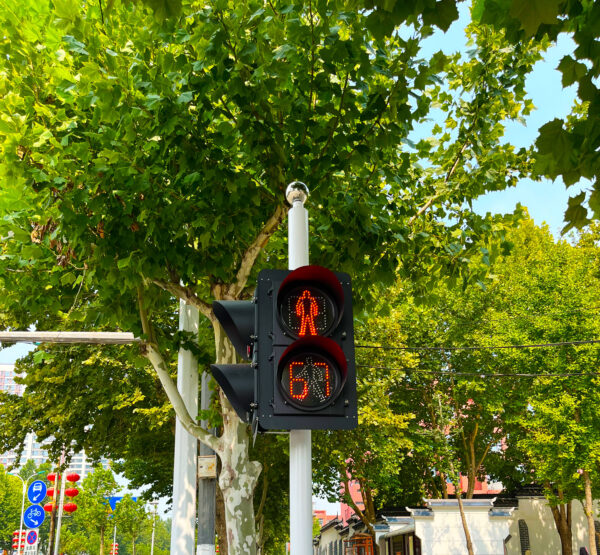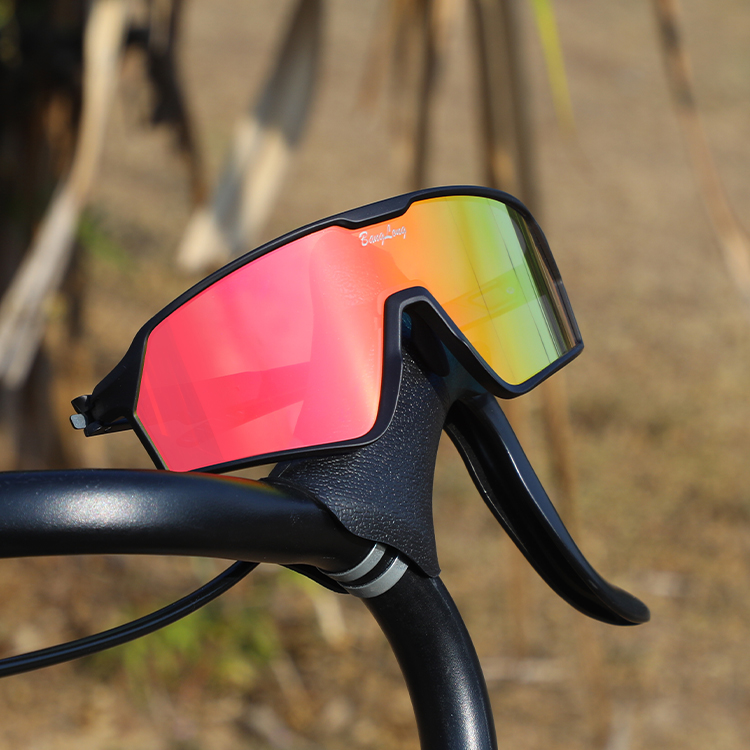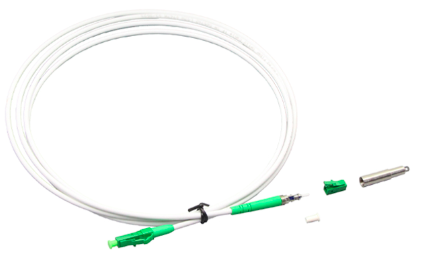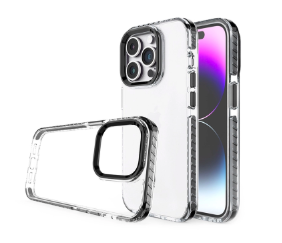Table of Contents
Cycling sunglasses have transformed from simple eye protection into advanced optical tools designed to enhance safety, performance, and comfort. Modern lens technology incorporates innovations that improve visibility, reduce strain, and protect the eyes under varying environmental conditions. Understanding these advancements allows cyclists to select lenses that meet their specific riding needs and ensures long-term lens performance. Procuring high-quality lenses ensures access to durable materials and cutting-edge features.

1. Lens Technology Innovations
a. Multi-Layer Lens Construction
Modern cycling lenses use multi-layer construction to combine optical clarity with protective features. Layers typically include:
- Base polycarbonate or Trivex layer for impact resistance
- UV-blocking interlayer that filters 99–100% of UVA and UVB rays
- Reflective coating layer to reduce glare from reflective surfaces
- Hydrophobic surface layer to repel moisture and sweat
This structure ensures lenses are lightweight yet durable, offering stability during high-speed rides while protecting the eyes from harmful radiation.
b. Gradient Tint and Contrast Enhancement
Gradient tints have become a key feature in 2025 cycling lenses. These tints are darker at the top to shield against sunlight and lighter at the bottom to maintain clarity when reading dashboards or road surfaces. Advanced lenses can increase contrast by 20–30%, allowing cyclists to detect small obstacles, potholes, or debris earlier, especially in low-light conditions.
c. Anti-Fog and Temperature-Responsive Coatings
Long rides often involve fluctuating temperatures and perspiration, which can cause lens fogging. New coatings are capable of maintaining clear vision for up to 3–4 hours in high-humidity environments. Some lenses also respond to temperature changes: as the air warms, the coating slightly alters its thermal conductivity, reducing condensation formation and maintaining optical clarity.
2. Specialized Lens Performance Features
- Adaptive Light Management
In 2025, lenses increasingly incorporate adaptive light management. These lenses adjust tint intensity in response to changing light conditions, offering a balance between protection from bright sunlight and clarity in shadows. Photochromic tints can vary transmission from 15% to 85%, which is particularly helpful during long rides that pass through tunnels, forests, or urban streets with variable lighting.
- Scratch and Chemical Resistance
Cycling lenses face both mechanical and chemical stress. New coatings resist micro-scratches from accidental contact with gloves or clothing. Additionally, lenses are treated to withstand exposure to sweat, sunscreen, and insect repellents without degrading, extending their lifespan by up to 50% compared to older models.
- Anti-Reflective and Blue Light Filtering
Anti-reflective coatings reduce horizontal light reflections, which can otherwise strain the eyes during rides on reflective surfaces like wet roads. Some lenses now include blue light filters, reducing high-energy visible light exposure by 30–40%. This helps prevent eye fatigue during rides under urban LED lighting or electronic displays.
3. Lens Maintenance and Protection
- Cleaning and Handling Best Practices
Maintaining lens clarity requires careful handling. Always hold sunglasses by the frame, avoiding direct contact with the lens surface. Rinse lenses under lukewarm water before wiping to remove particles that could scratch coatings. Use microfiber cloths and lens-safe cleaning solutions, avoiding paper towels or household chemicals that can degrade specialized coatings.
- Protective Storage Solutions
To prevent deformation or lens damage, store sunglasses in hard-shell cases when not in use. Avoid exposing them to extreme temperatures exceeding 50°C, which can warp frames and affect lens curvature. Seasonal storage in cool, dry environments ensures coatings retain their protective properties.
- Innovative Protective Measures
Applying a thin, cycling sunglasses supplier—approved protective film can safeguard lenses against minor impacts and scratches. For cyclists who frequently pack sunglasses with other gear, separating lenses from keys, tools, or devices reduces micro-abrasions, preserving optical clarity for years.
4. Emerging 2025 Lens Technologies
Beyond conventional improvements, 2025 sees lenses integrating self-cleaning nano-coatings, which repel dust, water, and sweat without manual intervention. Enhanced UV and HEV protection layers minimize long-term eye damage, while airflow-optimized lens shapes reduce fogging naturally. These innovations allow cyclists to maintain focus and visual comfort in diverse riding environments.
5. Conclusion
Modern cycling sunglasses are sophisticated tools designed to improve vision, protect the eyes, and enhance riding performance. Innovations in lens materials, coatings, tint technologies, and maintenance practices make it possible for cyclists to adapt to changing light, temperature, and environmental conditions. Using high-quality lenses ensures access to professional-grade optical clarity. Proper care, cleaning, and storage maximize longevity and maintain the high performance of modern cycling sunglasses, allowing riders to focus on the ride rather than their vision.
0











